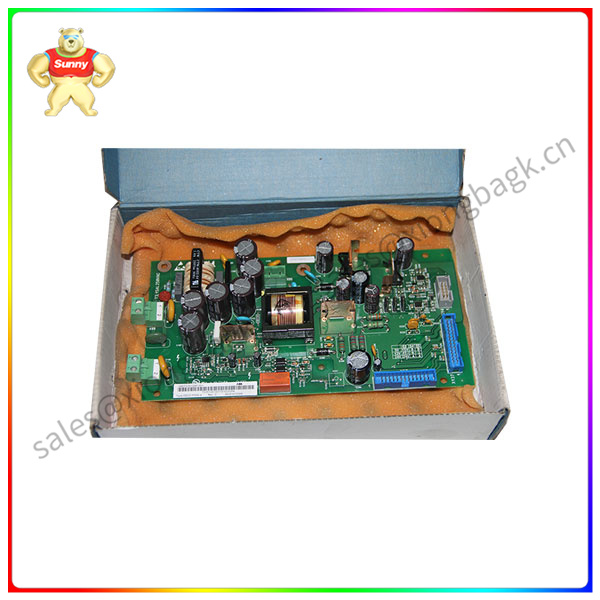The 14th Five-Year Plan for the high-quality development of manufacturing in Hebei Province points out that by 2025, it is necessary to “basically build a strong manufacturing province” and “form two trillion-dollar industries of steel and equipment manufacturing”. Driven by this goal, Hebei Province has achieved steel production far ahead of the country. There are also more and more enterprises related to the downstream of the steel industry chain (such as Bridges, ships, machinery and equipment, building steel structures, etc.), and even cultivate the “World’s top 500 enterprises” with steel genes.
The process closely related to the steel industry is welding, and the excellent welder master can rely on his own power to achieve a qualitative leap in the quality of the finished product. However, for today’s young people, the high temperature and splashing welding workshops are obviously not particularly attractive, and it is naturally more and more difficult to train excellent welders at the artisan level.
SDCD-POW-4 Project background: To promote the innovation of welding equipment in response to high-quality development
The customer, located in Handan, Hebei Province, focuses on the production of mechanical equipment such as asphalt/cement concrete mixing, has been established for nearly 20 years, and has grown into a backbone enterprise in the domestic road maintenance industry, but it is also faced with problems such as “difficult recruitment of welders, aging, and training”. To this end, customers actively respond to the government’s “high-quality development” requirements, the use of advanced technology and equipment to promote the upgrading of welding operations.
The welding machine robot based on E10L-Pro cooperative robot and automatic welding equipment of Dazu robot has the advantages of simple and easy to use, flexible, efficient and stable welding quality, which can greatly alleviate the pain points of welding talent shortage and fault, and help customers stand out in the fierce market competition. It is also a strong driving force to promote the transformation of the welding industry from “manual” to “automatic”.
Solution advantage: the robot is more suitable for welding applications

SDCD-POW-4
As mentioned earlier, the core task of welding robots is to make up for the lack of welders, so that older or ordinary welders can quickly grasp the operation essentials and quickly put into production, in this respect, the advantages of large robots are obvious
SDCD-POW-4 The E10L-Pro cooperative robot selected by the customer has the integrated end force control ability. When the workshop operator drags and teaches, it only needs 3N drag force to drag the welding torch to the designated position easily. During the dragging process, with the button at the end of the robot arm, the welding motion position, welding template and motion trajectory can be set quickly, and the welding operation can be quickly carried out. After the teaching is completed, long-term, uninterrupted continuous welding is supported, and workers only need to periodically load and unload materials. “We repeatedly calculate in the customer welding workshop, after simple training, general workers can complete the key drag and drop programming operation in about 10 seconds, to meet customer expectations.” In addition, customers can also quickly complete the establishment and start of welding tasks through the demonstrator, and the operation is equally simple and convenient.
SDCD-POW-4 In the customer welding workshop, the demand for flange welding is relatively large. Large mixing plant will use many welding flanges, they play a connecting role, is one of the key stress parts, and long-term exposure, so the welding quality requirements are very high. Under full load and full speed conditions, the repeated positioning accuracy can reach up to ±0.02mm, and the trajectory accuracy is also excellent. Therefore, when carrying out circular arc trajectory movement, the welding torch can accurately fit the weld, and the welding speed and accuracy are very stable and excellent. The robot also supports laser weld visual tracking and arc tracking technology to ensure welding accuracy.
Finally, the robot adopts self-developed welding process package and ADAPTS to a variety of mainstream welders. In the welding process, it can accurately control the welding current and the speed of the wire feeder, etc., to avoid the welding defects such as edge biting, porosity, incomplete welding and non-fusion to the maximum extent. Compared with traditional manual welding, robot welding is not affected by experience and emotions, and welding consistency is more guaranteed. In the delivered welding parts, Dazu robot E10L-Pro handed over the answer sheet of “beautiful and regular weld molding”, which was recognized by customers.
The welding operation is simple, the welding process is accurate and stable, the welding quality is satisfactory…… For manufacturers engaged in mechanical equipment manufacturing, collaborative welding robots do bring exciting good news, so that welding automation upgrade has a clear direction. Of course, the robot will continue to innovate and optimize, making welding simpler and more efficient.
 中文版
中文版




